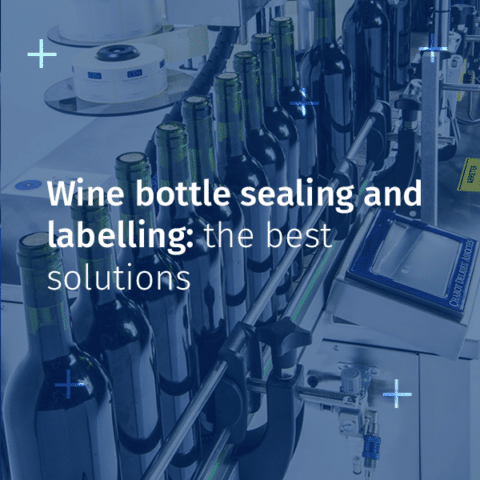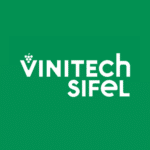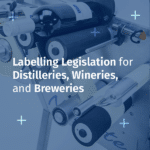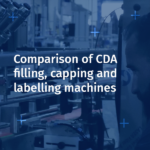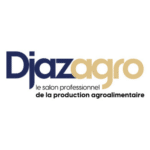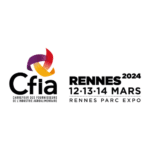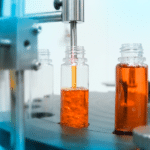In the wine industry, showcasing a cuvée doesn’t stop at what’s inside the bottle. Packaging plays a important role. Two steps are particularly important: sealing and labelling wine bottles. CDA, a packaging machine manufacturer, offers a dedicated range of sealers and labelers designed for winemakers and wineries.
Sealing: ensuring the bottle’s aesthetic appeal
Sealing consists of applying a capsule (aluminum or tin) around the bottle neck. This step:
- Protects the cork
- Enhances the visual appeal of the bottle
- Meets regulatory and traceability requirements
CDA offers automatic and semi-automatic sealers adapted to different production speeds. They guarantee wrinkle-free and consistent capsule application for red, white, rosé, or sparkling wines.
Labelling: Packaging that serves your brand image
The label is the identity card of the wine: it must be legible, attractive, and compliant with regulations. In the wine sector, labelling often includes multiple elements:
- Front label
- Back label (legal information, grape varieties, vintage)
- Neck label or medals (awards from competitions)
The CDA Viti Range: Solutions Designed for Wine Bottles
To meet the specific needs of the wine industry, CDA has developed the Viti range, combining precise labelling with reliable sealing.
- Essentiel: automatic machine applying front and back labels and sealing capsules, up to 800 bottles/hour.
- R1000 and R1500: automatic linear labelers that can apply up to 4 labels (front, back, medal, neck) while sealing PVC or metal capsules, up to 1500 bottles/hour.
- R1000 Foils: specially designed for Champagne and sparkling wines, combining labelling and capsule sealing.
- Léa and Lystop S: high-performance labelers managing 2000-2500 bottles/hour, ideal for large wine estates.
- Cap System: a automating capsule distribution and sealing, reaching up to 2500 bottles/hour.
Thanks to this range, CDA supports both small vineyards and large wine producers with reliable, precise, and scalable solutions.
Solutions adapted to every winery
Whether you are a small producer or a large estate, CDA provides packaging solutions tailored to your needs:
- For artisan wineries: semi-automatic machines that are compact, robust, and easy to operate.
- For large-scale production: automatic lines for high-speed sealing and labelling with maximum precision.
With their durability and reliability, CDA machines guarantee flawless bottle presentation, enhancing the perceived value of every a vintage of wine.
Sealing and labelling wine bottles are not just technical steps they are key to your product’s commercial appeal. With its Viti range, CDA helps winemakers improve efficiency and quality, from small artisan vineyards to prestigious wine estates.
Discover the Viti range and find the right solution for your winery and bottles.
FAQ
What is the difference between sealing and capping a wine bottle?
Sealing applies an aluminum or tin capsule tightly around the neck, while capping uses a shrink capsule or PVC sleeve. The choice depends on wine type, brand image, and budget.
Which machine should I choose for sealing wine bottles?
Automatic sealers are best for wineries with high output. For small or medium-scale production, semi-automatic sealers deliver professional results with lower investment.
What solutions exist for wine bottle labelling?
Automatic labelers are ideal for industrial-scale operations, while semi-automatic labelers suit smaller wineries. Both ensure precise application of front labels, back labels, and neck labels.
How can I optimize the presentation of a wine bottle?
A clean seal combined with accurate labelling improves brand image, ensures legal compliance, and increases commercial appeal.
